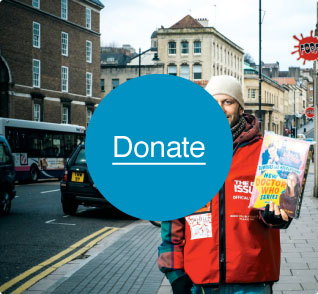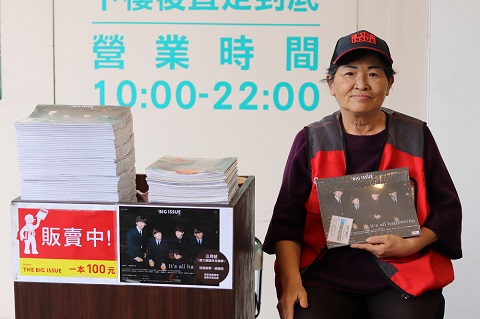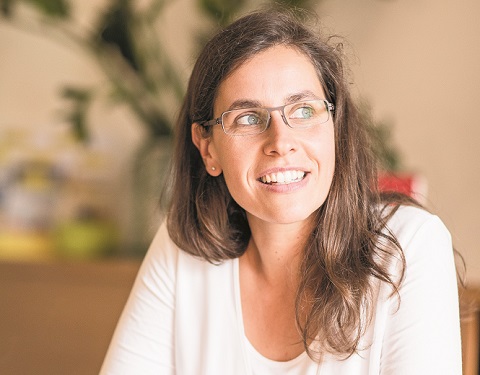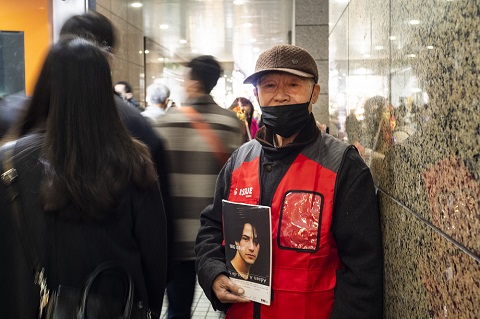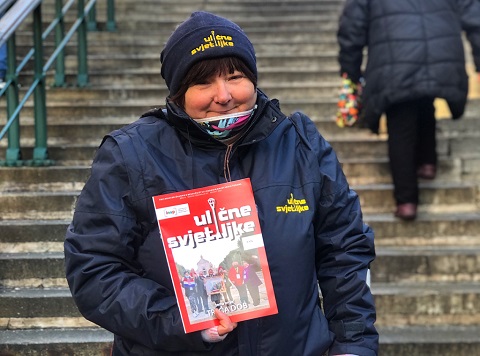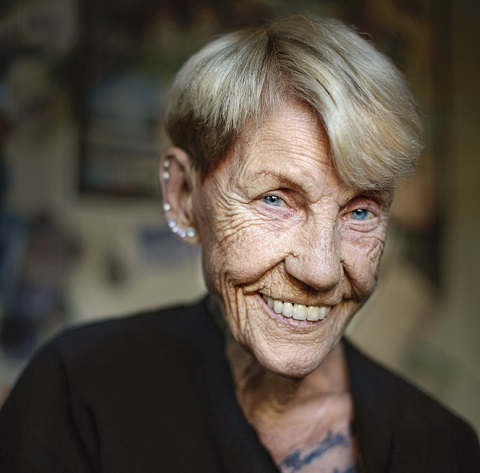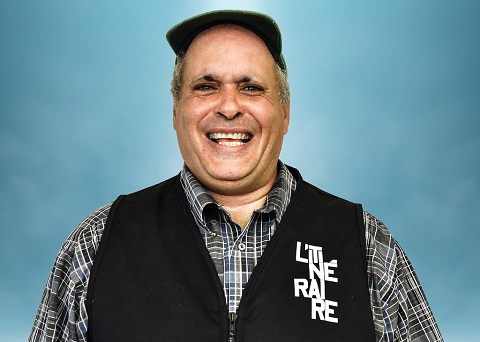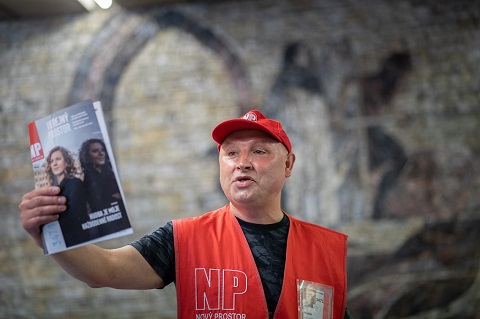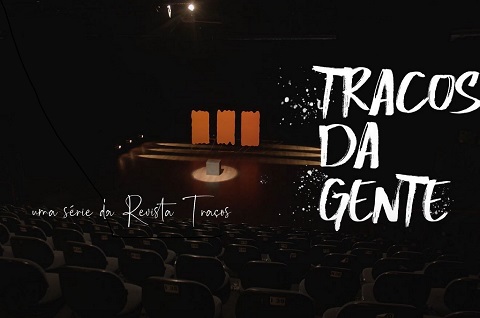Interview by Poul Struve Nielsen
Csaba Setet, 56, was born in Hungary. He came to Copenhagen as a child and knows the city better than anyone because he has been homeless and living in the streets just about all of his adult life. He is a vendor of Danish street paper Hus Forbi and also a guide with `Gadens stemmer´ (Voices from the street).
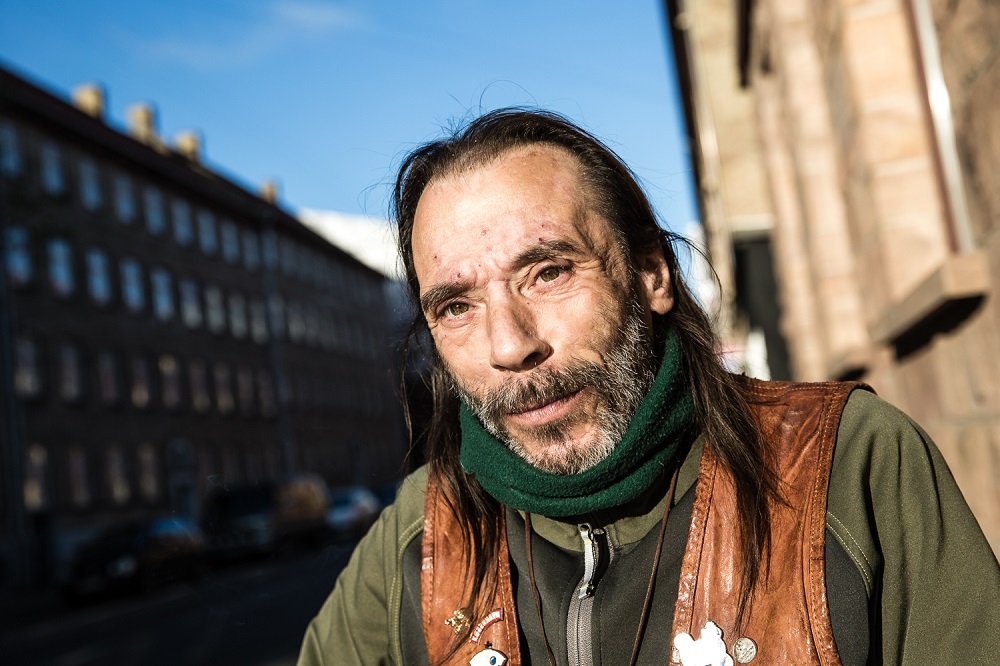
Best café
Operaen (the Opera), Pusher Street, Christiania
The cafe is well-known and has many visitors. There is no alcohol, which is nice. The coffee and tea is very good as are the bottled fruit juices. You can play chess, backgammon and pool and the garden is nice when sun is shining. Be aware that the place can be crowded. While you are there you have a splendid opportunity to visit the freetown of Christiania – a very special and autonomous district in Copenhagen.
Best museum
The Workers Museum
You learn so many different things at the same time here. You really get a good picture of the living conditions for the working class in Denmark the role trade unions have had in Danish history and politics. When Hus Forbi celebrated its 20th anniversary in 2016 they actually hosted a special exhibition about our street paper – it is now a permanent part of the exhibition at The Danish Welfare Museum in Svendborg on the island of Funen (with English subtitles by the way).
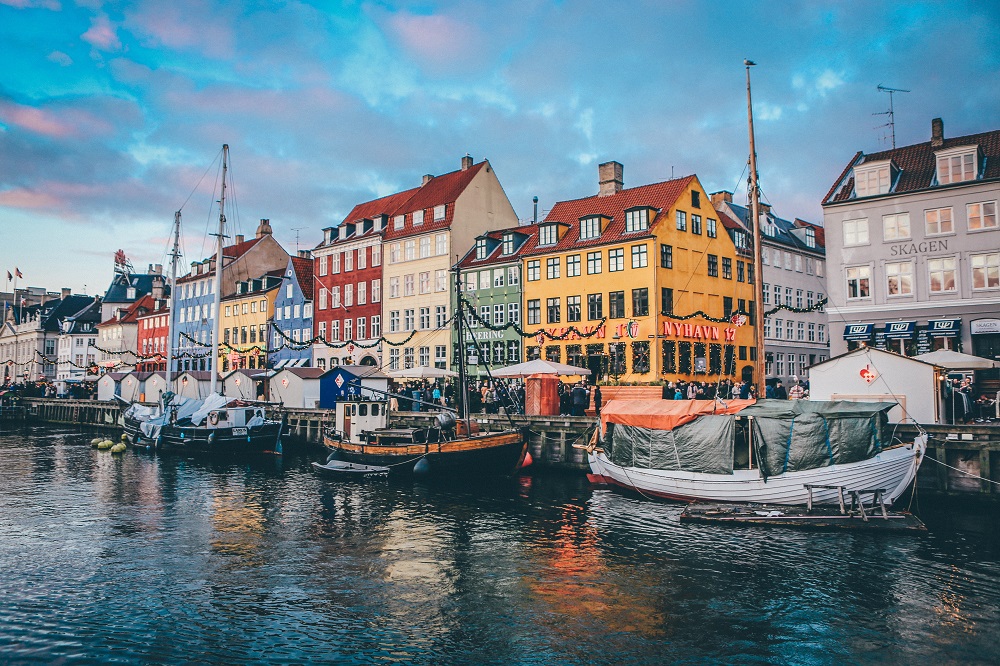
Best secret
The Assistens Cemetary, in the Nørrebro district
This is a secret oasis used by many Copenhageners as a park. Many famous Danes including Hans Christian Andersen and Soren Kirkegaard are buried there. The most important place to me is the Homeless Graveyard where many of my late friends are buried. The first person to get buried there was a Hus Forbi-vendor called Samuel. There is a nice little sculpture by the Danish artist Leif Sylvester Petersen. If you go there do not wake the homeless fellows who sleep around there and for your own safety: stay away after midnight.
My favourite spot
Kultorvet
Copenhagen’s downtown pedestrian street, which is one of the longest in Europe. Kultorvet (The Coal Square) is where homeless and other socially excluded people used to hang around. It’s still a nice place. Copenhagen also has many centrally located parks and green areas like the Kings Garden and the Botanical Garden – it’s beautiful to go and see all the flowers in the middle of the city. I also like to visit the Round Tower Observatory – Europe’s oldest functioning astronomy observatory – to look at the stars. But be aware of the opening hours, particularly in the winter.
Best time to visit
In the summer. The winter is tough. It’s windy and rainy – sometimes it snows. If you come in the winter be sure to wear the right kind of clothes. Spring and autumn are nice too. But in summer we have many festivals. There is a techno festival called Distortion in June. In July we have the Roskilde Festival 30 km from the city centre – it’s the best. Later in July the Jazz Festival is all over Copenhagen and in August there is Copenhagen Pride. The world’s first official gay marriage was in the Copenhagen City Hall in 1989.
Originally published in The Big Issue (UK)
Read more coverage of #VendorWeek 2019 here.




